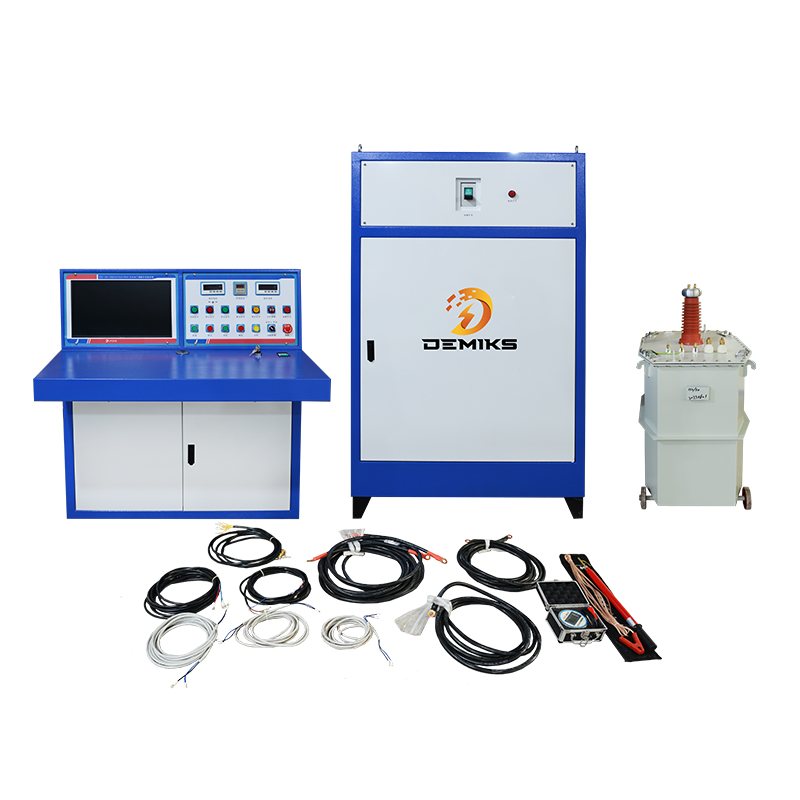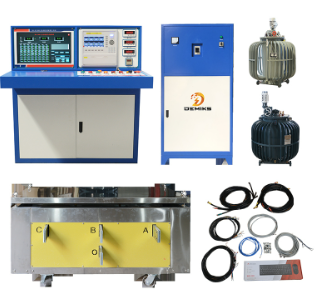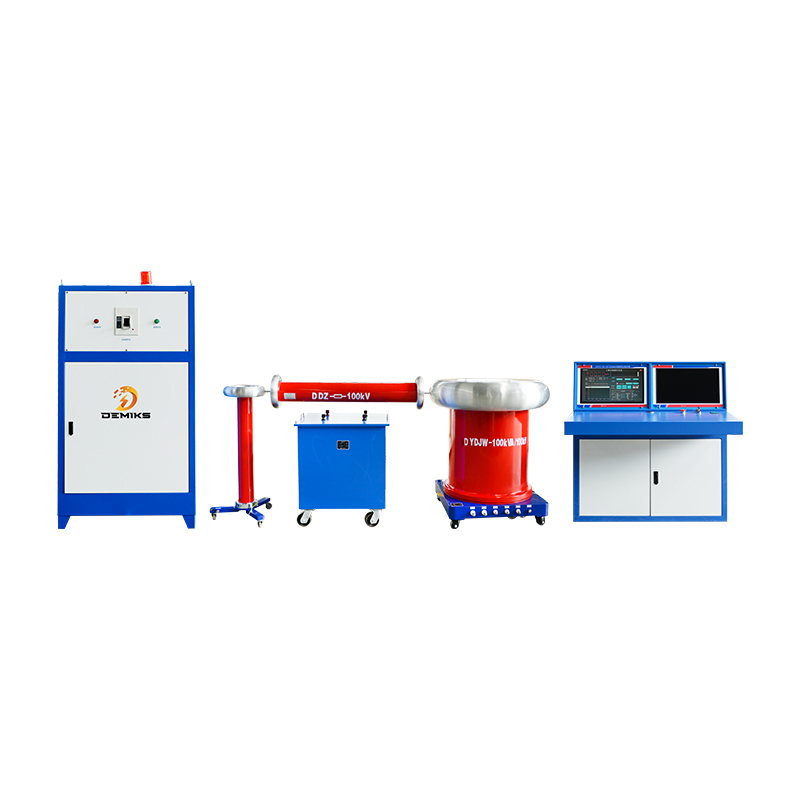What is a substation and what equipment does it consist of

An electric substation is a critical part of the electrical power system that helps in transmitting and distributing electricity efficiently. It transforms voltage levels, distributes power to different circuits, and ensures the safe and reliable operation of the electrical grid.
Functions of an Electric Substation:
Voltage Transformation
Steps up voltage for long-distance transmission (reducing energy loss).
Steps down voltage for local distribution (e.g., from 132kV to 33kV or 11kV).
Power Distribution
Splits power flow into multiple directions for different areas.
Switching & Protection
Isolates faulty sections to prevent blackouts.
Uses circuit breakers, relays, and fuses for safety.
Power Factor Correction
Uses capacitors or reactors to improve efficiency.
Metering & Monitoring
Measures electricity flow for billing and grid management.
Types of Substations:
Transmission Substation (High voltage, e.g., 400kV → 220kV)
Distribution Substation (Medium voltage, e.g., 33kV → 11kV)
Step-Up Substation (In power plants, increases voltage for transmission)
Step-Down Substation (Reduces voltage for homes/industries)
Indoor/Outdoor Substations (Depending on space and voltage levels)
Key Components:
Transformers (Change voltage levels)
Circuit Breakers (Interrupt faults)
Isolators & Switches (Manual disconnection)
Busbars (Distribute power within the substation)
Protective Relays (Detect faults and trigger breakers)
Lightning Arresters (Protect against surges)
Importance:
Ensures stable power supply.
Reduces transmission losses.
Enhances grid reliability and safety.
The above content is published by demiks, please specify, demiks is a substation equipment manufacturer, specializing in the production of high-voltage tester, transformer test equipment, circuit breaker test equipment, relay tester, SF6 gas analyser, cable fault tester and other products, if you have power test testing needs, please feel free to contact demiks power science and technology limited company or send an email! Give us: contact@demikspower.com
 Relay Protection Testing and Commissioning Gu
Relay Protection Testing and Commissioning Gu
 how to test microwave transformer
how to test microwave transformer
 how to reset circuit breaker with test button
how to reset circuit breaker with test button
 high voltage cable testing standards
high voltage cable testing standards




